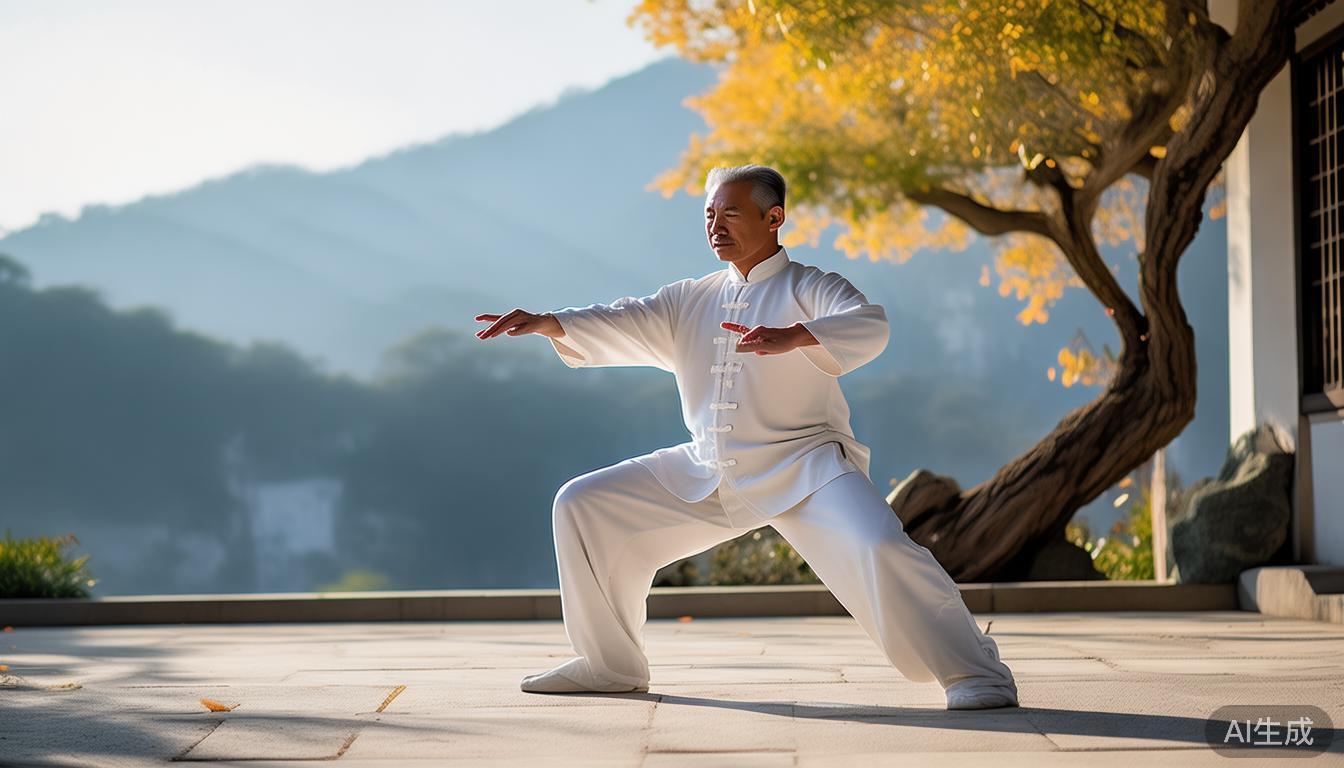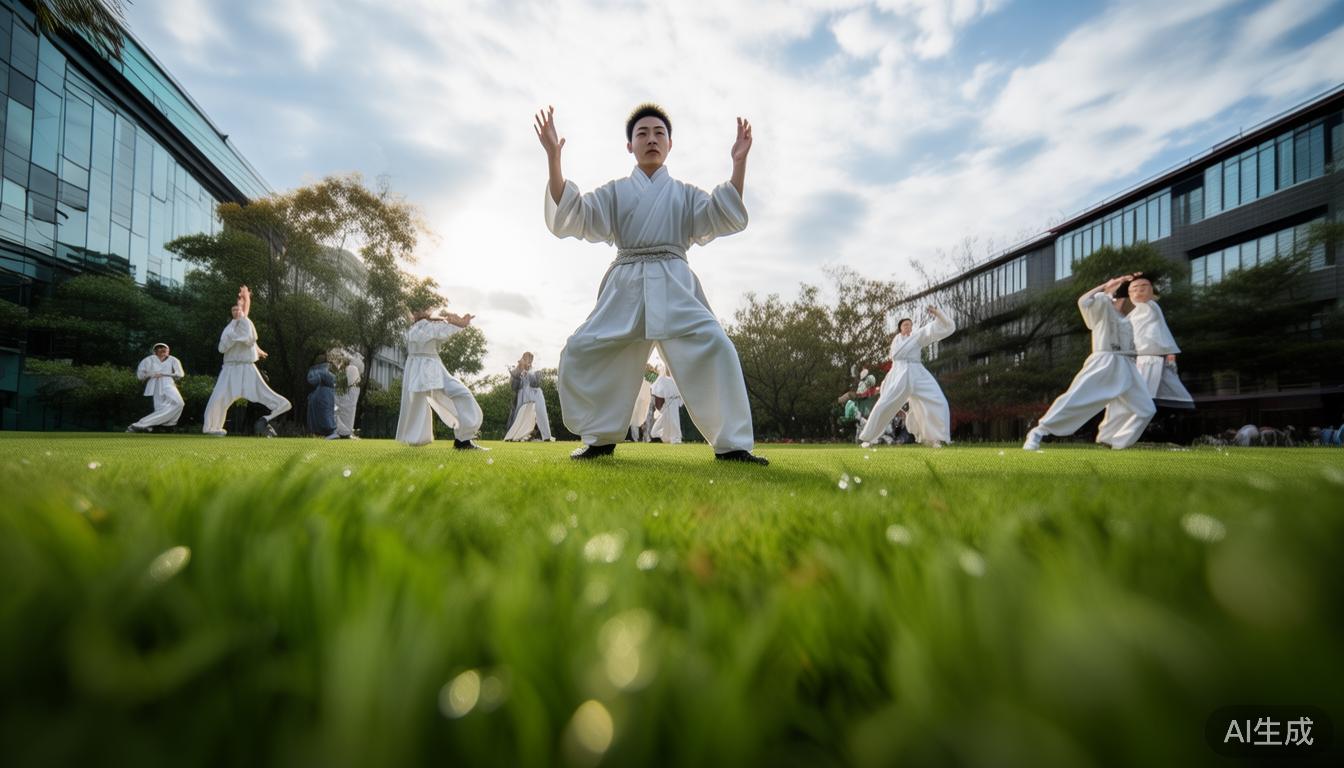What I have learned most from practicing Tai Chi over the years is that it is not just a set of movements, but a way of talking to my body. For beginners, it is crucial to choose the appropriate introductory movements. It can help you establish the correct foundation Tai Chi Online and avoid going in the wrong direction. At the same time, it allows you to feel the balance of the body and the peace of mind in the slow interweaving of movement and stillness.
How Tai Chi beginners choose introductory movements
When they first start practicing Tai Chi, many people will be confused about which set of movements to start with. My suggestion is to use the most basic "rising momentum" and "wild horse parting mane" as the starting point. The rising position seems to be very simple, just slowly and leisurely raising and lowering the hands, but when you do it, you can immediately feel the shift of the center of gravity and how the breathing cooperates. When practicing this rising movement, you should pay attention to two points. First, your feet should be the same width as your shoulders. Second, your knees should be slightly bent. At the same time, you should imagine in your heart that you are like a tree firmly rooted in the earth. The action called "Wild Horse Parting Mane" also adds the movement of the center of gravity and the arc-shaped movement of the arms. It can effectively exercise coordination. Remember, the focus is not on the amplitude of the action. The key is to experience the flexibility and continuity of the action.

How to correctly practice the basic steps of Tai Chi
The entire set of movements is based on the footwork of Tai Chi, the most critical of which are "lunge" and "empty step". When practicing lunges, the knees of the front legs should not exceed the toes, and the back legs should be straightened naturally, and the center of gravity should be slowly moved forward to feel the even distribution of force on the legs. The empty step is as light and agile as a cat, placing most of the weight on the hind legs and tapping the ground lightly with the toes of the front feet. I often remind students that when practicing footwork, they need to focus on relaxing the hips (Tai Chi Lessons) . The problem for many people is the tension in the hips, which leads to a disconnect between the up and down movements. Spending ten minutes a day focusing on practicing footwork is far more effective than blindly following a whole set.
How to coordinate Tai Chi movements with breathing
Breathing is the soul of Tai Chi. What beginners easily overlook is the coordination of breathing and movements. The basic principle is very simple, that is, inhale when the movement is unfolding, exhale when the movement is retracted, inhale when standing up, and exhale when squatting. For example, when doing "Cloud Hands", draw an arc upward with your arms. Inhale deeply and exhale slowly as you move downward. You may feel rushed at first. This is a normal phenomenon. It is recommended to master the movement route first, and then gradually increase the breathing coordination. Remember to breathe deeply and evenly, and do not hold your breath. Let the breath flow naturally like running water.

What are the common mistakes in Tai Chi practice?
The most common mistake often made by beginners is to pursue the appearance but ignore the inner feeling. Some people pay too much attention to the arm posture, but forget the essentials of loosening the waist and sinking the hips. Some people keep the shoulders in a tight state to make the movements look beautiful. This situation is exactly the opposite of the "looseness" that Tai Chi strives for. Another common problem is that the center of gravity is too high, which makes the lower body chassis unstable and firm. The correct body posture should be as if you are sitting upright on a stool, with your buttocks slightly lowered. My suggestion is to practice in front of a mirror to check whether your shoulders are relaxed and whether your knees are over your toes. Remember, when practicing Tai Chi, quality is more important than quantity. One movement done correctly is better than ten movements done wrong.
After these years of teaching, I have realized that everyone who practices tai chi movements for beginners can find their own rhythm in Tai Chi. When you first started practicing, which aspect made you feel most frightened and troubled? Is it because I can’t remember the movements clearly, or is it the coordination between breathing and movement? You are warmly welcome to share your own experiences in the online comment area. If you find this kind of advice helpful, please give it a like and support.


